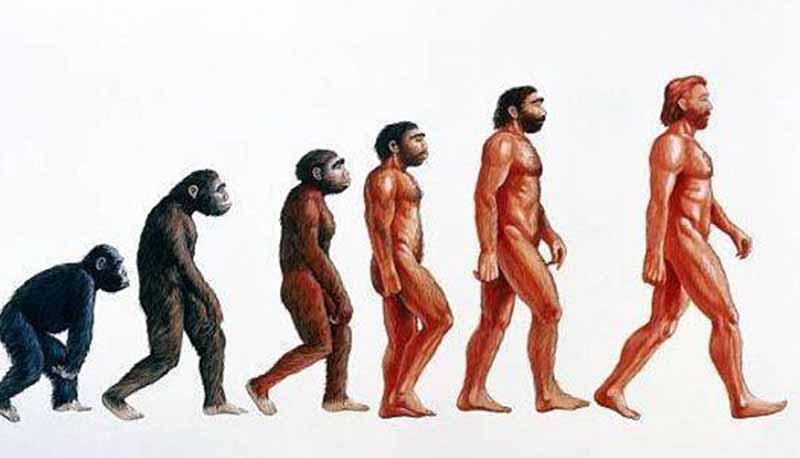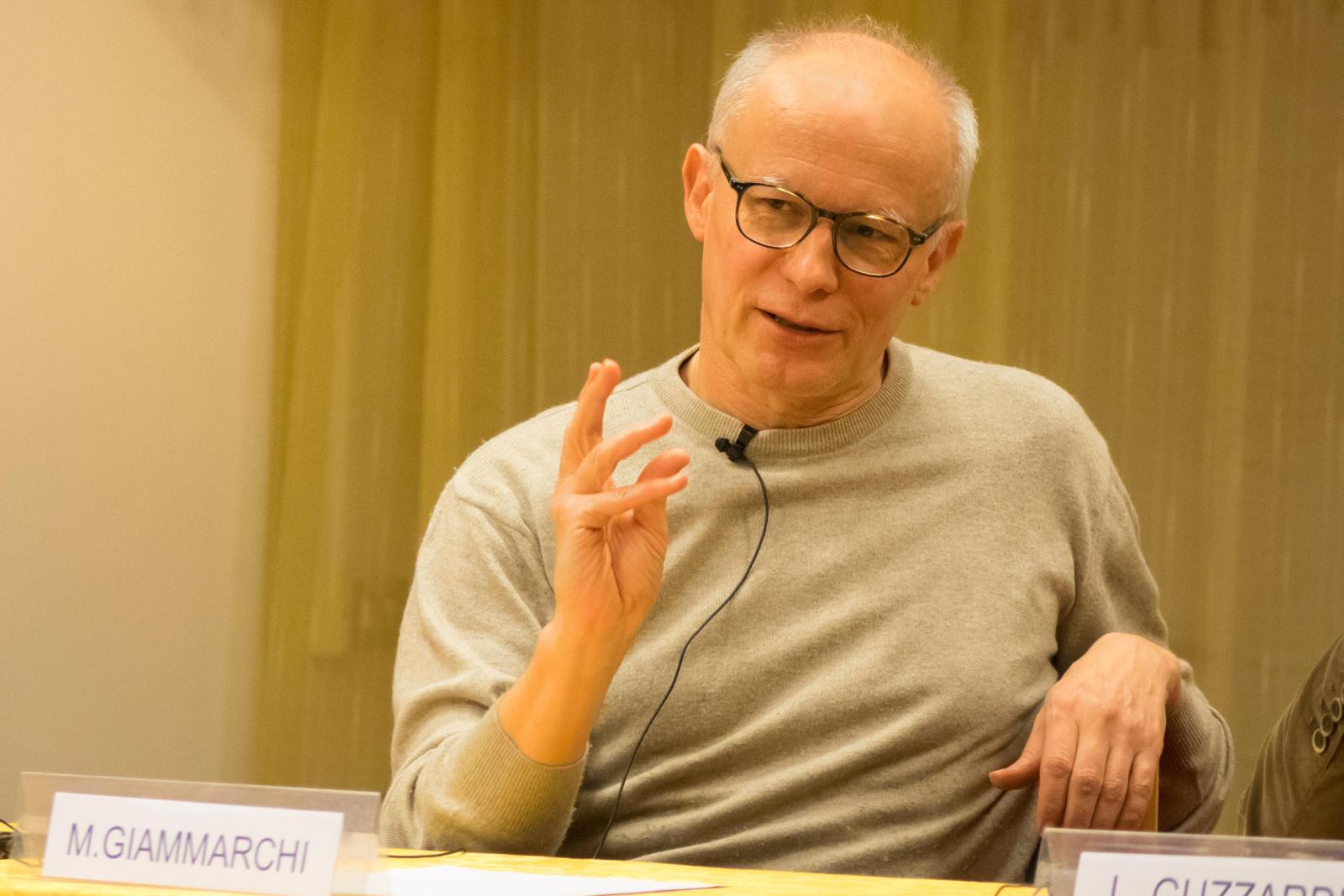Time and History
Measuring time, a profoundly human need. And to do so, it is necessary to establish two things: first of all, an initial, reference instant. It will be the moment in which we start a clock. But then also a fixed, conventional amount of time: the unit of measurement of time. Let us begin to discuss the unit of measurement.
The cyclical alternation of astronomical events is the main point of reference for the passage of time: the succession of day and night, the cycle of the Moon. And above all the repetition of the motion of our planet around the Sun to mark the cycle of the seasons, of life, of the harvest. A year, a complete circle, a complete repetition of all the seasons. This is the conventional time span, this is the unit of measurement that has appeared natural. A circle of our planet around the star Sun. A solar year.
But what about the starting moment? Where to start from? Where to start the hourglass, the stopwatch? A moment is needed, an event, something important forcing us to say: let’s begin from here! One possibility is to start from two thousand years ago, because two thousand years have passed since the appearance of an important manifestation of theological value, that of Yeshua – in Italian, Jesus. A radical reformer of the Jewish faith who lived and preached in Palestine. In historical terms we do not know much about him, except that he preached intensely, that he went down to Jerusalem for Easter and was tried and condemned by a Jewish court; the sentence was then carried out by the Romans. We also know that his followers had, after his death, the certainty of an event so extraordinary that thry had the power to literally change history [1]. Similarly it would have changed history, six hundred years later, the mystical experience lived one Friday by an Arab shepherd named Muhammad. Considered the final seal of all revelations. Seal of the Western Prophets. Christian trinity and at the same time Western monotheistic “trinity” of Judaism, Christianity and Islam.
We give the name of theology to something specific: both the history of the relationship between man and the Divine as well as the rational investigation of the ultimate truths, of life and death. Inevitable points of reference for the human. Who is being born, grows, lives and dies. And who, through a (theological) manifestation, marks the flowing of time. Because this is human nature and we are what we are.
At about the same time, well in the East, the Rishi, the seers, saw the Vedas. Those were the times when the mysterious people of the Arya descended into the green Indus River valley. The times of the bearers of a cult and a vision of the world that was profoundly cosmic. And mythical. Thus the vision of the beginning of Everything was outlined, starting from the First Syllable: the Om. The root of that tradition that would lead to the philosophy of the other half of the world. India, the complimentary side of Greece.
Since the time of Jesus, the planet has made two thousand complete revolutions around the Sun, the central star of a system located in a spiral galaxy. This same statement has a history because humans count, or represent the number. They use the weapon of the symbol to make representations. Two thousand are two thousands, no hundreds and no units: two thousand, or 2000, or 2 x 103. The numbering is in base ten, with units, tens and hundreds. Then the thousands. Perhaps because of the shape of the human hand. Ten fingers. Two thousand revolutions of the Earth around the Sun.
The Sun, who is also the Egyptian God Ra, who is also Hunahpu, the mutilated Mayan God, sacrificed, dead and resurrected – the God of the most terrible sacrificial dimension. The Sun in his city of stars, one of the many cities of stars. The Universe is made up of these cities formed by billions and billions of stars: they are called Galaxies. And around each star, around each of the billions of stars in our Galaxy and others, planets can rotate. Around the Sun the Earth rotates in a year, but in turn the Sun moves, rotates around the center of our Galaxy. And around the center of our Galaxy (the Milky Way), the Sun revolves in 200 million years. Let us keep it in mind: we have defined a quantity of time, a year. And a reference, a stake in time, the birth of Jesus. This is how we count history, astronomy and life.
The history of the Universe, as far as we understand it, spans almost 14 billion of these years, of this time. And the history of the planet of man, the last four billion. A planet, our planet, generated by a principle and by accidental conditions. Starting with the formation of the Solar System, the family of planets around the Sun. Accidental conditions because they were not necessary: because it was like that but perhaps it could also have been different. It was not necessary. But it was like that. It was like that, and it started the history of mankind on the planet.
The accidental conditions of the Earth refer, at the very least, to the climatology of the planet, both present and past, and possibly to the succession of one or more indefinite events that may have favored the evolution of a species (the human) compared to others. For example, the impact of another celestial body on the planet, perhaps a large meteorite capable of contributing to the selective destruction of other living species, eliminating many of the dinosaurs to make room for mammals? It is possible. Indeed, it appears likely.
The counting of this time has imposed a principle. And from this principle it is possible to pick up the thread of the past to go back, retracing it with the texts of mythology and spirituality of the world. The myths of Creation are in turn creations: they are the languages of the soul with which finite man confronts the infinite.
But the human has thought not only in the mystical-mythological dimension. Not only through the aid of myths and knowledge of the Earth. He has also conceived of a past that goes further back than that of his planet, much further back than the 4 billion years of geological history. He has dared to push himself back to the beginning of the 14 billion years of the history of all the stars and all the planets. The history of the entire Universe. Given a great thought, Aristotle theorized, an even greater one is always possible: and here is the indefinite mystery of man’s infinite capacity for understanding. Infinite, like the Socratic dimension of his ignorance.
But can we understand this story with time? We will see that we can fathom important aspects, perhaps essential, by using the instrument of Cosmic Time. That we can also understand the beginning of the Universe, right back to (perhaps) the very first second of Creation.
This time has the meaning we have outlined for our solar system, and for many others, and for the Galaxy. Time records and determines change – or perhaps it is itself generated by change on our planet, in our Galaxy and even in the galaxies closest to us. But in the distant Universe, at an almost infinite cosmological distance, perhaps time changes meaning because it becomes impossible to define an absolute time. And since it seems impossible to define a time ordering (a present, a past, a future) that is valid for the entire Universe, time is a principle that in infinity becomes indefinite. This way of seeing the Universe is called “Block Universe”, or eternalism [2].
We know that the history of the planet has led to the evolution of living species, including the human species – which among other problems has posed that of being, or of being there, that is, of being in the world: the “da sein”, being in[3] . Being in the planet, posing the problem of being not only in the Earth but also in the Solar System, in the Galaxy, in the Universe. In short, like humans on Earth boasting self-awareness as well as an ancient history.
In the Western culture of the planet, the Old Ones opened these horizons: among them, the Alexandrians, Eratosthenes, Hipparchus, Aristarchus. We owe to the latter the first non-geocentric hypothesis of the Universe. Instead, we owe to the astronomy of the 21st century the discovery of extra-solar planets, planets that rotate around other Suns. Speaking the language of Gravitation.
[1] E.P. Sanders, The historical Jesus, Penguin Books.
[2] B. Le Bihan, Paper in the Philosophy of Natural Sciences, 10 (2020) 17.
[3] M. Heidegger, Essere e tempo, Longanesi, 2005.
Autori: Marco G. Giammarchi e Roberto Radice







0 commenti